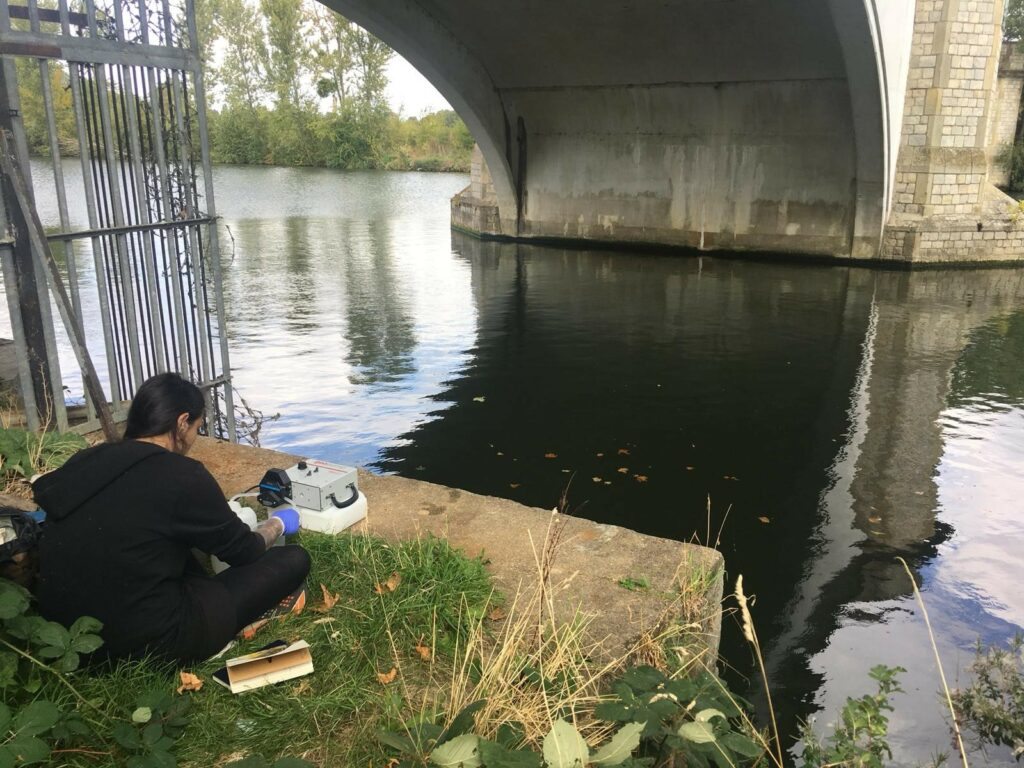

Identifying the range of fish species present in our aquatic ecosystems is an essential part of understanding the health of our lakes, rivers and oceans. Environmental DNA (eDNA), genetic material obtained directly from soil, air or water samples, is one method of ascertaining the range of species present, however in river systems, large volumes of water and currents can make this method challenging for identifying fishes..

Supported by our Fisheries Targeted Academic Sponsorship Programme, Jane Hallam, a PhD student at University College London, has been comparing eDNA water samples from the River Thames with historical records of fish assemblages to assess the accuracy of eDNA in identifying the range of fish and freshwater species in London’s river.
Jane compared Environment Agency records with new eDNA sampling at 35 sites along the Thames from both the freshwater and estuarine stretches. In the freshwater sites, Jane was able to identify all 16 species recorded by the Environment Agency, plus another six species that had not been previously identified. Her results suggest that, in this environment, eDNA provides a more accurate indication of which freshwater species are present, providing better information about what swims beneath the surface in the upper reaches of the artery of our largest city.
Downstream, in the turbid, tidal, estuarine regions, her results were more mixed. Jane’s eDNA method identified 72% of the species recorded by the Environment Agency, missing out on five that have previously been captured, but she also identified seven additional species not on current records, including brown trout and the protected sea lamprey. While further work will be needed to improve the accuracy of eDNA in turbid environments like the tidal Thames, Jane’s research advances our understanding of how DNA can be used to shed light on the ecology of large river systems and the species who live there.